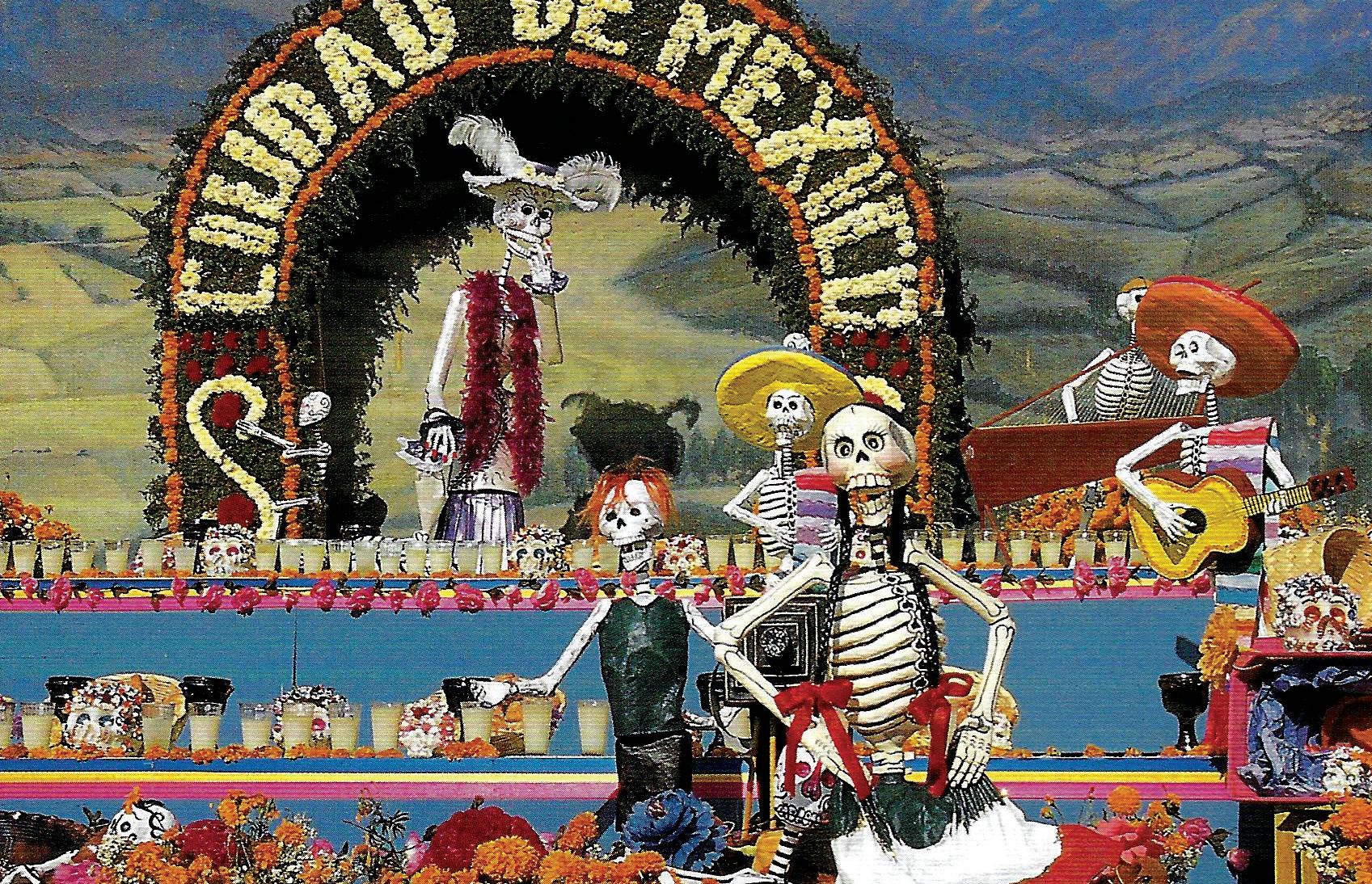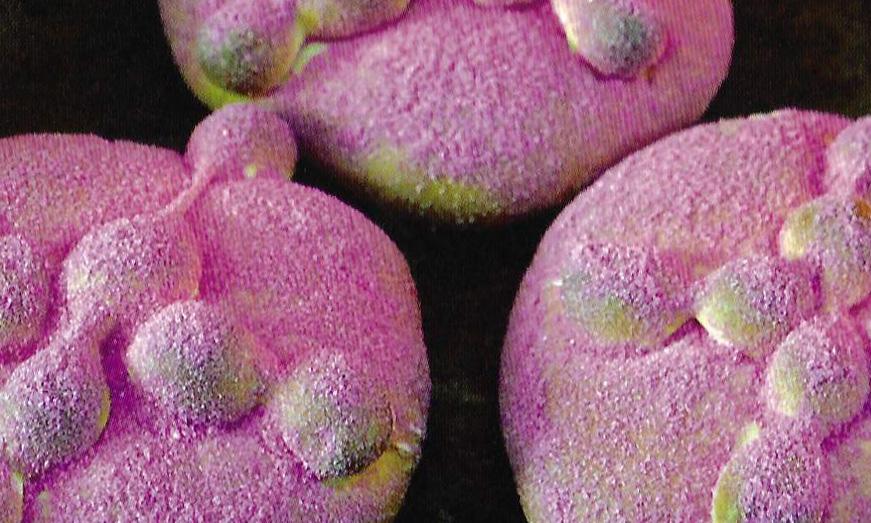
3 minute read
Cultures Collide: Mestizaje
Mestizajeis a blending of Indigenous and European cultures and traditions. With the arrival of Spanish conquistadors in the Mesoamerican world in the early 1500s, came the first interactions between Indigenous and Spanish cultures. The Spanish were also a diverse people whose regionally distinct cultures were heavily influenced by the Islamic Empire that ruled most of Spain for nearly 800 years. Many of Spain’s technological and scientific advances in fact were inherited from the Moors. Navigational tools that allowed Spaniards to cross the Atlantic Ocean and reach Mesoamerica were developed in the Islamic world.
When the Spanish arrived in the lands that would later be named Mexico, they saw the expansive Aztec Empire capital city of Tenochtitlan (present day Mexico City). By joining forces with the Tlaxcalans, Indigenous People who opposed Aztec rule, the Spanish took control of the territory for its resources, but the cultures of the region continued. Over a series of wars waged by the Spanish to extend authority over many years in 1821 Mexico gained its independence. What resulted was a new nation with a cultural identity made up of a mix of Indigenous and European heritages.
Advertisement
In the Indigenous communities of Mexico, Day of the Dead is a transit zone between a time of deep scarcity and a period of relative abundance. During this time in the regions of Guerrero, Oaxaca, and Chiapas, the communities turn to the harvest of corn that has been a main source of food since Mesoamerican times. Hence, the feast of the dead was also a harvest festival dedicated to sharing with the ancestors the benefit of the first fruits. The

principles of reciprocity that govern between humankind and their ancestors make the Day of the Dead offerings a symbolic retribution, since the agricultural cycle of corn would be impossible without the intervention of the ancestors. In the Nahua indigenous ritual there were two festivals dedicated to the cult of the dead: Miccailhuitontli or “Feast of the Deceased Young”, and “The Great Festival of the Dead”. Although these two festivals were not originally together on the calendar, some years after the Spanish Conquest during the Catholic feast of “All Saints’ Day”, one could observe indigenous peoples putting out offerings for dead children, and the next day another for deceased adults on “All Souls’ Day” in order to disguise that they celebrated their festivities and pretended to celebrate Catholic ones. Thus came to be the celebration seen today across vast regions and borders known as Día de los Muertos.

During the early 1900s, nearly a hundred years after Mexico won its independence from Spain, the Mexican government began to encourage the celebration of the Day of the Dead as an official holiday. This was done as a way to unite a nation that was unsatisfied with its political leadership. It involved taking bits and pieces of the regionally distinct rituals practiced by indigenous people and centralizing them under the term “Mexican”. Even though it did create a sense of Mexican identity amongst the people, towns and cities continued to celebrate the Day of the Dead with their own specific and varying customs.

José Guadalupe Posada
Gran Mole de Calaveras (Detail from flysheet), 1902 Relief etching on paper, 15” x 10 ¾” Mexic-Arte Museum Collection 1986.1.4

José Guadalupe Posada
Las Calaveras Pulqueras (detail), n.d. Relief etching on paper, 13 ¼“ x 10 ¼” Mexic-Arte Museum Permanent Collection 1986.1.5









